New Spitfire® Ace™ CEP6™ Carrier-Envelope Phase Stabilized Regenerative Amplifier
Overview
CEP6 technology is the industry’s most advanced carrier envelope phase (CEP) stabilization capability for highly stable regenerative ultrafast amplifiers. Used with the successful Spectra-Physics Spitfire Ace ultrafast amplifier, CEP6 results in >5 mJ, <25 fs pulses with record low CEP stability of <100 mrad (10-shot average) and <300 mrad single-shot over many hours of continuous operation. With this incomparable performance and stability, CEP6 is ideal for cutting-edge attosecond science and high-harmonic generation applications.
- Record-low CEP noise of <100 mrad (10-shot average) and <300 mrad single-shot over many continuous hours of operation
- CEP feed-forward technology
- <25 fs pulse duration, >5 mJ energy
- Unprecedented long-term stability
Products
Applications
- Attosecond Science
- High-harmonic Generation
- Time-resolved Spectroscopy
Specifications
Output Characteristics1, 8
| Spitfire Ace CEP6 | |
|---|---|
| Pulse Width2 | <25 fs |
| Repetition Rate | 1 kHz |
| Average Power | >5.0 W |
| Pulse Energy | >5.0 mJ |
| Pre-Pulse Contrast Ratio4 | >1000:1 |
| Post-Pulse Contrast Ratio5 | >100:1 |
| Energy Stability | <0.5% rms over 24 hours |
| Beam Pointing Stability | <5 μrad rms |
| Center Wavelength6 | 795–805 nm |
| Spatial Mode | TEM00 (M2 <1.3 on both axes) |
| Beam Diameter (1/e2) | 10 mm (nominal) |
| Polarization | Linear, Horizontal |
CEP Stability7
| Spitfire Ace CEP6 | |
|---|---|
| Single shot (rms) | <300 mrad over >10 hours |
| 10-shot average | <100 mrad over >10 hours |
Footnotes:
- Due to our continuous product improvements, specifications subject to change without notice. The specifications only apply when operated with recommended Spectra-Physics seed and pump lasers.
- A Gaussian pulse shape (0.7 deconvolution factor) is used to determine pulse width (FWHM) from autocorrelation signal as measured with Newport PulseScout® autocorrelator.
- Specifications apply when pumped using Spectra-Physics Ascend 60 pump laser.
- Defined as the ratio between peak intensity of output pulse to peak intensity of any pre-pulse that occurs >1 ns before the output pulse.
- Defined as the ratio between peak intensity of output pulse to peak intensity of any post-pulse that occurs >1 ns after the output pulse.
- For wavelength extension through SHG, THG, FHG or OPA, please contact Spectra-Physics.
- Specifications apply in a well-controlled environment.
- The Spitfire Ace CEP 6 is a Class IV – High-Power Laser, whose beam is, by definition, a safety and fire hazard. Take precautions to prevent exposure to direct and reflected beams. Diffuse as well as specular reflections can cause severe skin or eye damage.
Features
f-to-2f Interferometer
CEP6 utilizes a f-to-2f interferometer to measure the carrier frequency through octave spanning of the Element™ 2 oscillator output. Unlike traditional CEP-stabilized oscillators that utilize the resulting error signal to feedback to the oscillator through mechanical control of the prism or adjusting the pump laser output, the patent-pending CEP6 feed-forward approach alleviates this requirement and extends the technology to regenerative amplifiers. This enables the system to be significantly less sensitive to external perturbations, resulting in many continuous hours of stable, low CEP noise operation without the need for elaborate, noise reducing techniques, single-frequency pump lasers or complicated optical feedback schemes utilized by traditional CEP-stabilized systems.
The widely successful, field proven Spitfire Ace provides the foundation. Its unsurpassed long-term stability of <0.5% rms for 24 hours has led the industry for more than 10 years. CEP6 adds another layer of functionality, reliability and cutting-edge performance to make the Spitfire Ace the most impressive ultrafast amplifier product on the market
Compatible Power Sensors
To verify and analyze the output power of your Spitfire Ace CEP6 laser, we recommend the Ophir L50(150)A-PF-35 (7Z02737) thermal power sensor and Centauri laser power meter. Additional information on this laser measurement equipment can be found on the ophiropt.com website. Other Ophir sensors and meters may also be suitable for the Spitfire Ace CEP6, depending on application. Ophir also works with laser system developers to achieve embedded beam diagnostics to monitor system performance as an OEM solution.
Resources
Data Sheets
- Spitfire Ace CEP6 Datasheet (1.4 MB, PDF)

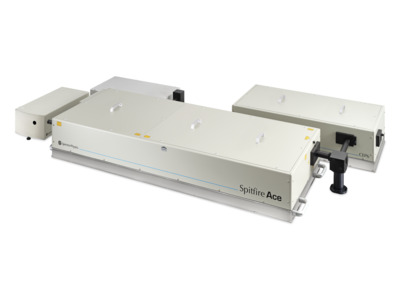
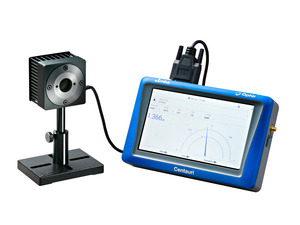
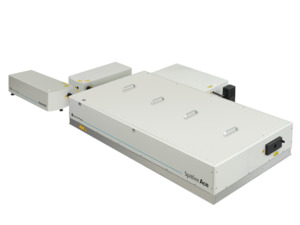
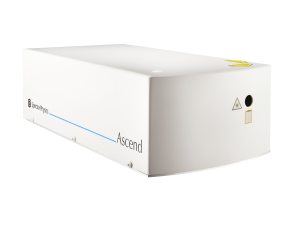
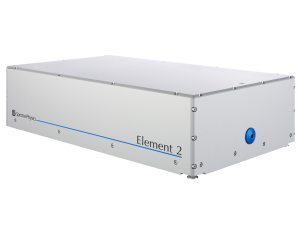
 Ultra-High Velocity
Ultra-High Velocity